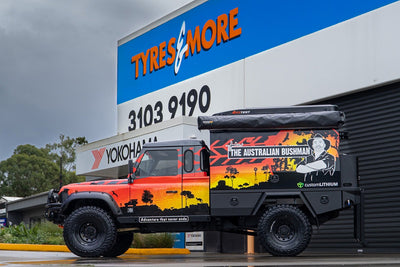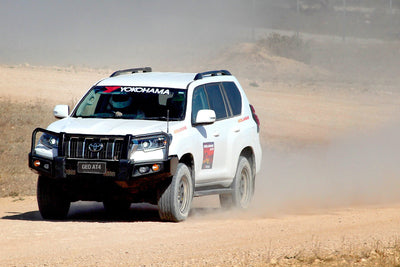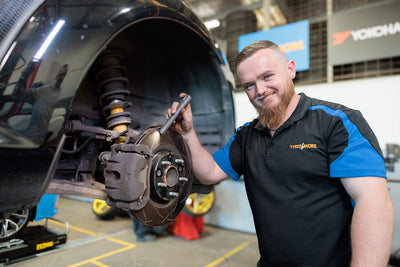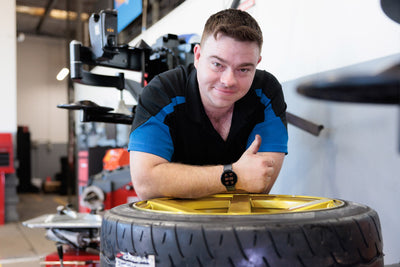Other News
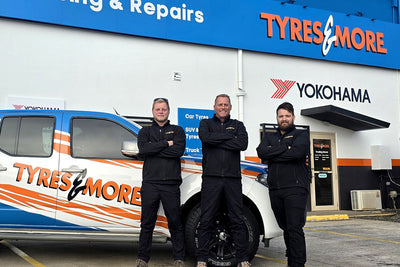
New Tyre Shop - Tyres & More Toowoomba
With a large workshop and a passion for motorsport and four-wheel-driving Tyres & More Toowoomba are our type of people. Naturally they're expe...
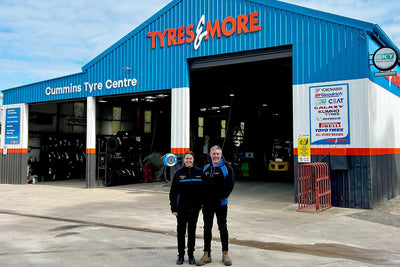
New Tyre Shop - Tyres & More Cummins
Awarded the Eyre Peninsula Business of the Year 2024 we're happy this well-run tyre shop in Australia has joined the Tyres & More network. In a...
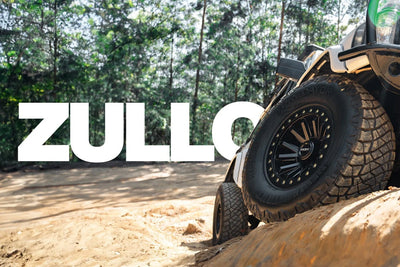
New 4x4 Wheel - ROH Zullo with Hybridlock technology
We all know beadlock 4x4 wheels are illegal on the street. So most 4x4s choose wheels with a standard bead groove and a fake beadlock ring. ROH has...
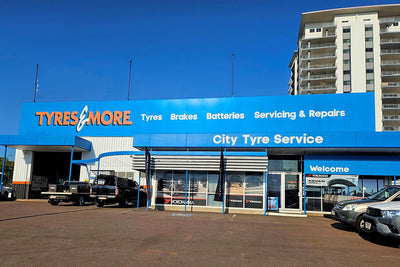
New tyre shop - City Tyre Service Tyres & More Darwin
City Tyre Service Tyres & More is in the central business district of Darwin. A convenient location for city workers to have their car serviced...

